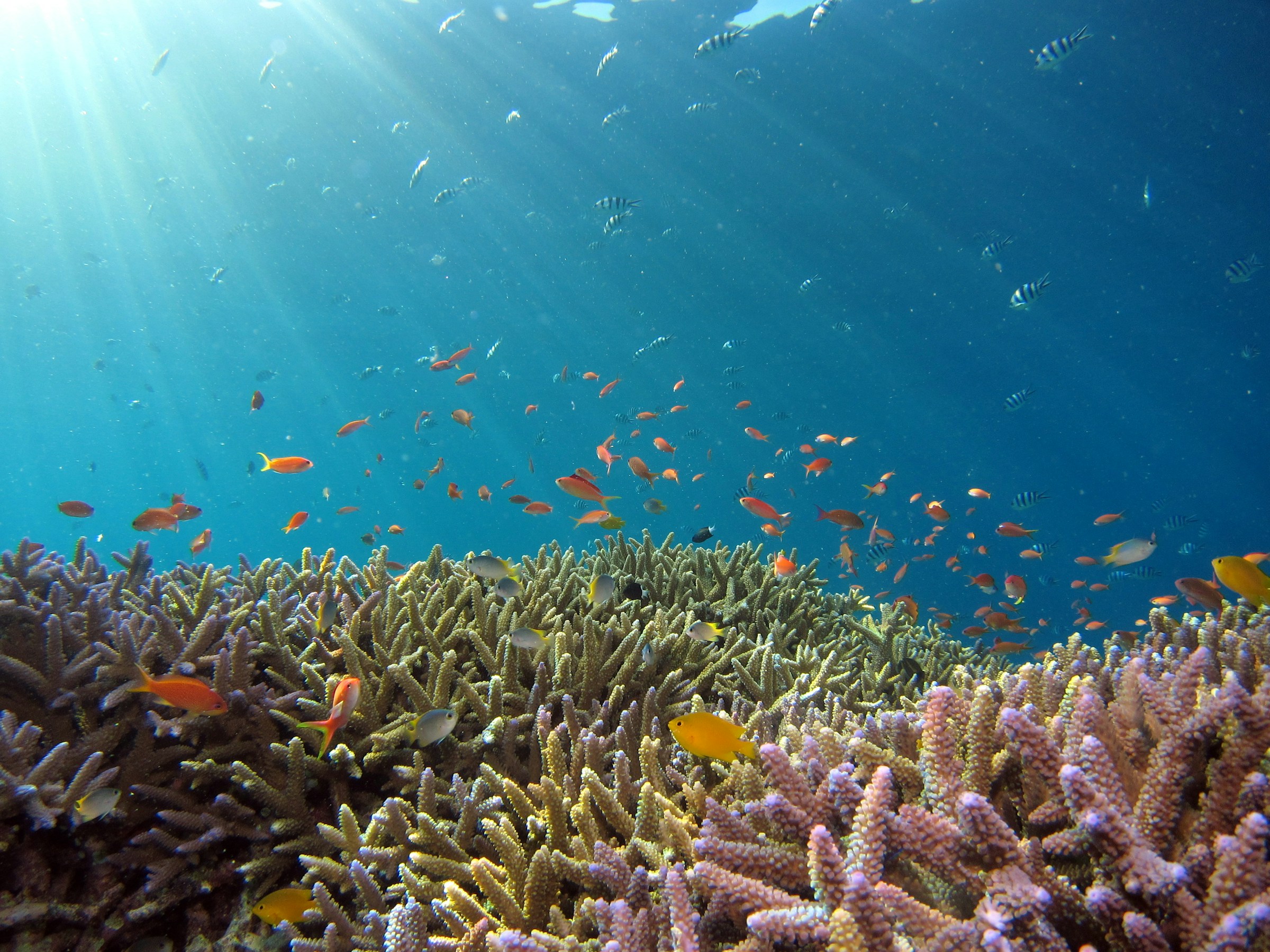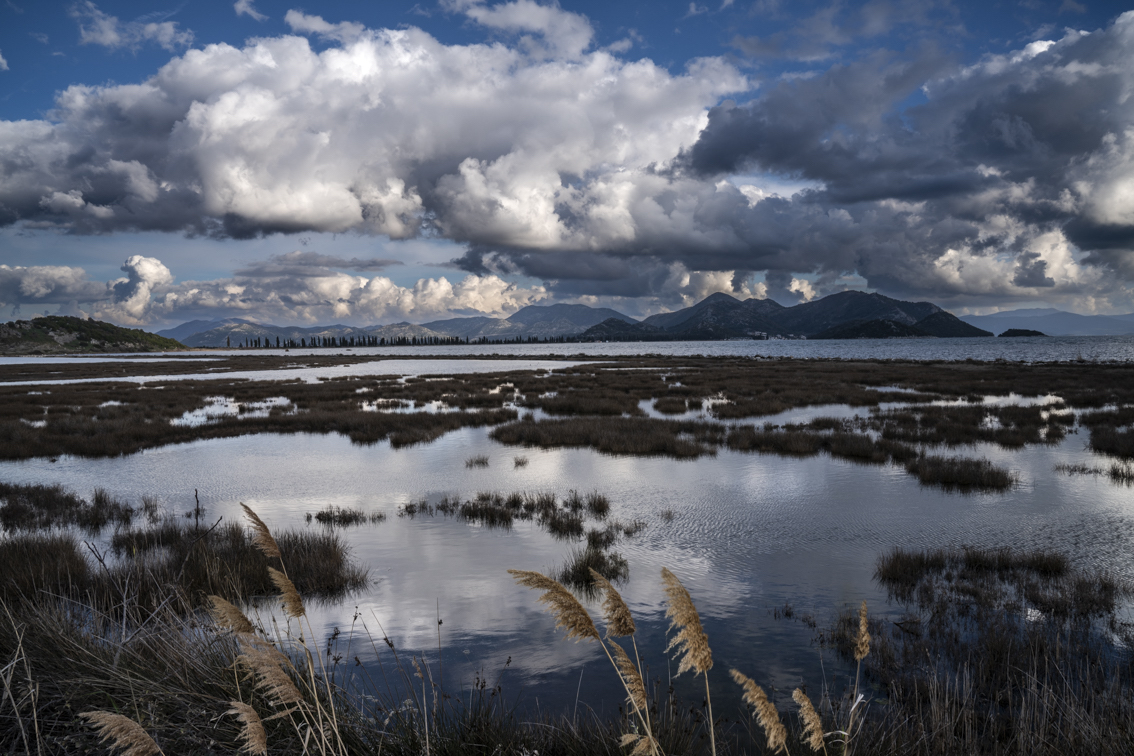Source: FAO press release
The Mediterranean forest area has increased by two percent between 2010 and 2015, resulting in a rise of 1.8 million hectares – about the size of Slovenia, says a new FAO-Plan Bleu report – The State of Mediterranean Forests.
But forests in the Mediterranean have also been considerably affected by degradation and are increasingly in jeopardy from climate change, population rise, wildfires and water scarcity, the report warns.
The report covers 27 countries: Albania, Algeria, Bosnia and Herzegovina, Bulgaria, Croatia, Cyprus, Egypt, France, Greece, Israel, Italy, Jordan, Lebanon, Libya, the former Yugoslav Republic of Macedonia, Malta, Monaco, Montenegro, Morocco, Palestine, Portugal, Serbia, Slovenia, Spain, Syrian Arab Republic, Tunisia and Turkey.
According to the report, the main data and urgent issues to be addressed are:
- Mediterranean countries’ forest area is about 88 million hectares – the size of France and Italy. It represents two percent of the global forest area.
- Overall, the increase in forest area has been slightly greater in northern Mediterranean than in southern Mediterranean but, on a country basis, the greatest loss of forest area occurred in European countries (the greatest loss of forest area between 1990 and 2015 occurred in Portugal, Bosnia and Herzegovina, and Albania).
- There are 80 million hectares of degraded lands – including forests – in the Mediterranean.
- Protected areas have increased, particularly in regions with small forest areas – North Africa hosts four percent of the Mediterranean forests, but forest represents nearly a quarter of its protected areas.
- Forests are storing over 5 000 billion tonnes of carbon (about two percent of the global forest carbon), with an increase of 1.65 billion (two percent per year) between 1990 and 2015.
- Over 400 000 hectares of forests are burnt each year.
- At least 339 (16 percent) of Mediterranean forest animal and plant species are threatened with extinction.
“Mediterranean forests have long been adapting to pressures caused by human development. But never have these pressures been so extreme as they are now,” said Hiroto Mitsugi, FAO Assistant Director-General, Forestry Department. “Unless we do more to combat forest degradation, more than 500 million people across 31 countries and three continents will soon face a wide range of economic, social and environmental problems,” added Mitsugi.
Drivers of Mediterranean forests’ degradation
Forest degradation in the north of the Mediterranean is driven mostly by land abandonment and fires, whilst forests in the south-east suffer from an overexploitation of fuelwood, overgrazing, and population pressure.
Climate change remains the most significant threat to all Mediterranean forests. Rising temperatures, erratic rain patterns, and longer droughts will significantly alter the cover and distribution of forests and trees over the next years.
For example, as trees try to withstand droughts, they deplete their carbon stores and produce less carbohydrates and resins, which are essential to their health. This has already led to a decline or dieback of oak, fir, spruce, beech and pine trees in Spain, France, Italy and Greece, and of Atlas cedar trees in Algeria.
The Mediterranean population doubled between 1960 and 2015, reaching 537 million, and is estimated to rise to 670 million by 2050. While there has been little demographic change in the north, rapid population growth in the south-east has led to an excessive exploitation of natural resources.
Wildfires remain a significant threat. Although the number of fires have decreased in the north and northeast in recent decades, the number of larger fires (affecting over 500 hectares) have increased. The report predicts this trend – overall fewer but larger fires – to continue.
Water shortages and soil erosion are particularly harmful to Mediterranean forests as soils are thinner and poorer than in other regions.
Over 300 animal and plant species of Mediterranean forests threatened with extinction
The Mediterranean region is the world’s second largest biodiversity hotspot, but as forests face rising pressures, so are its animals and plants.
Forests are home to three quarters of Mediterranean terrestrial mammal species, nearly half of the region’s vertebrate species and almost three quarters of terrestrial insects. Forests also hold more than a quarter of the region’s higher plant species.
Forests in Spain, Italy, Greece, Turkey and Morocco have the highest number of threatened species (26 percent in Spain, 24 in Italy, 21 in Greece, 17 in Turkey, 15 in Morocco).
Mediterranean forests are also rich in fungi. However, they are gradually decreasing due to clear-cutting and timber harvesting.
Solutions to forest degradation
The report urges countries to scale up the restoration of forests and landscapes. In particular, it recommends:
- Thinning and planting mixed tree species to reduce droughts’ impacts
- New firefighting policies that look beyond suppressing fires and include preventative vegetation management, preparedness and restoration activities
- A regional forest strategy and common policies
- Strengthening forest value chains
- Mediterranean forests are already part of the green economy, but their contributions could be maximized if green economy-related strategies place greater focus on forests
- Increasing forests, parks, and vegetable gardens in urban areas
- Creating stronger private-public partnerships for forest management
- Applying FAO’s guidelines on restoring degraded forests and landscapes
The contribution of CMCC Foundation to the report.
CMCC researchers Alessio Collalti (CMCC IAFES Division and CNR – ISAFOM) and Lucia Perugini (IAFES) contributed to the report with Chapter 8 “Adaption and Mitigation” dealing in particular with issues related to mitigation.
More in detail, researcher Alessio Collalti focused on the mitigation role of Mediterranean forests while exploring their ability to cope with external change, particularly changes to climate conditions and anthropic activities, and summarizing evidence and results on carbon sequestration and greenhouse gas emissions by forest ecosystems in the Mediterranean region, based on data from forest carbon inventories, field measurements, remote sensing, laser scanning and growth simulation.
CMCC researcher Lucia Perugini focused on climate policy actions in the Mediterranean, exploring their current and future roles. Dr. Perugini explores the climate policy instruments influencing mitigation and adaptation actions in the forest sector (e.g. the Kyoto Protocol, the Cancun Agreements and the Paris Agreement) while providing an overview of the variable role of the forest sector in the climate policies of EU and non-EU Mediterranean countries.






